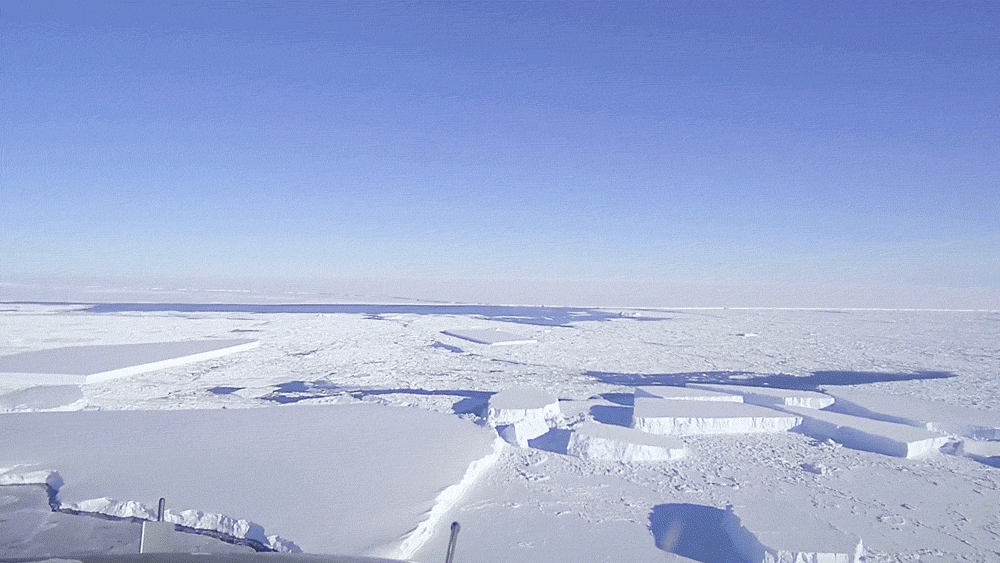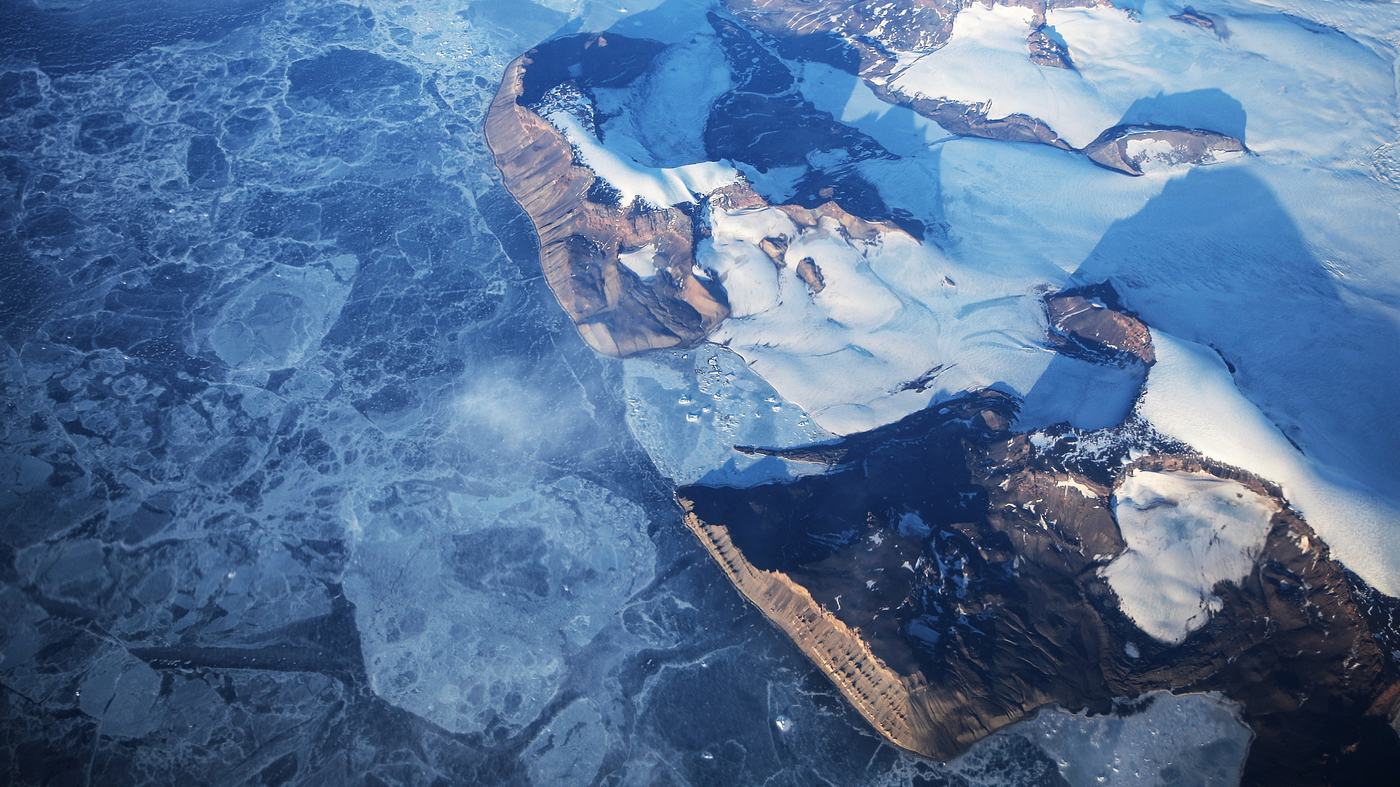A trio of new scientific analyses about the loss of ice in Antarctica paint a picture of a continent in trouble. Sea ice is disappearing, gigantic portions of the West Antarctic ice sheet are crumbling and even relatively stable East Antarctica is showing worrying changes.
That’s a problem for humanity.
Let’s begin with the sea ice. Each winter, the ocean water around Antarctica freezes. Because Antarctica is in the Southern Hemisphere, this happens during North American summer months – deep winter in Antarctica is in July, August and September.

At its most expansive, the sea ice covers an area the size of Antarctica itself, doubling the size of the frozen continent.
But the winter sea ice has been shrinking, in part because ocean water is warmer due to climate change. And this year there was less ice than ever before, going back to when satellites started tracking annual ice extent around 1980.
On September 10th, Antarctica’s sea ice reached its largest extent of the year, but it was far smaller than average sea ice in decades past. In fact, it was nearly 350,000 square miles smaller than the previous record smallest amount, measured in 1986, according to a recent analysis by the National Snow and Ice Data Center, a research center at the University of Colorado, Boulder that is also affiliated with the federal government.
Disappearing sea ice is a problem for lots of reasons. While it doesn’t directly add any extra water to the ocean, missing sea ice does contribute to global sea level rise in other ways. The sea ice around Antarctica shields glaciers on land, and massive ice shelves that extend out into the water, from storms and above-freezing ocean water. Without that protection, that ice can melt more…
Read the full article here

Leave a Reply